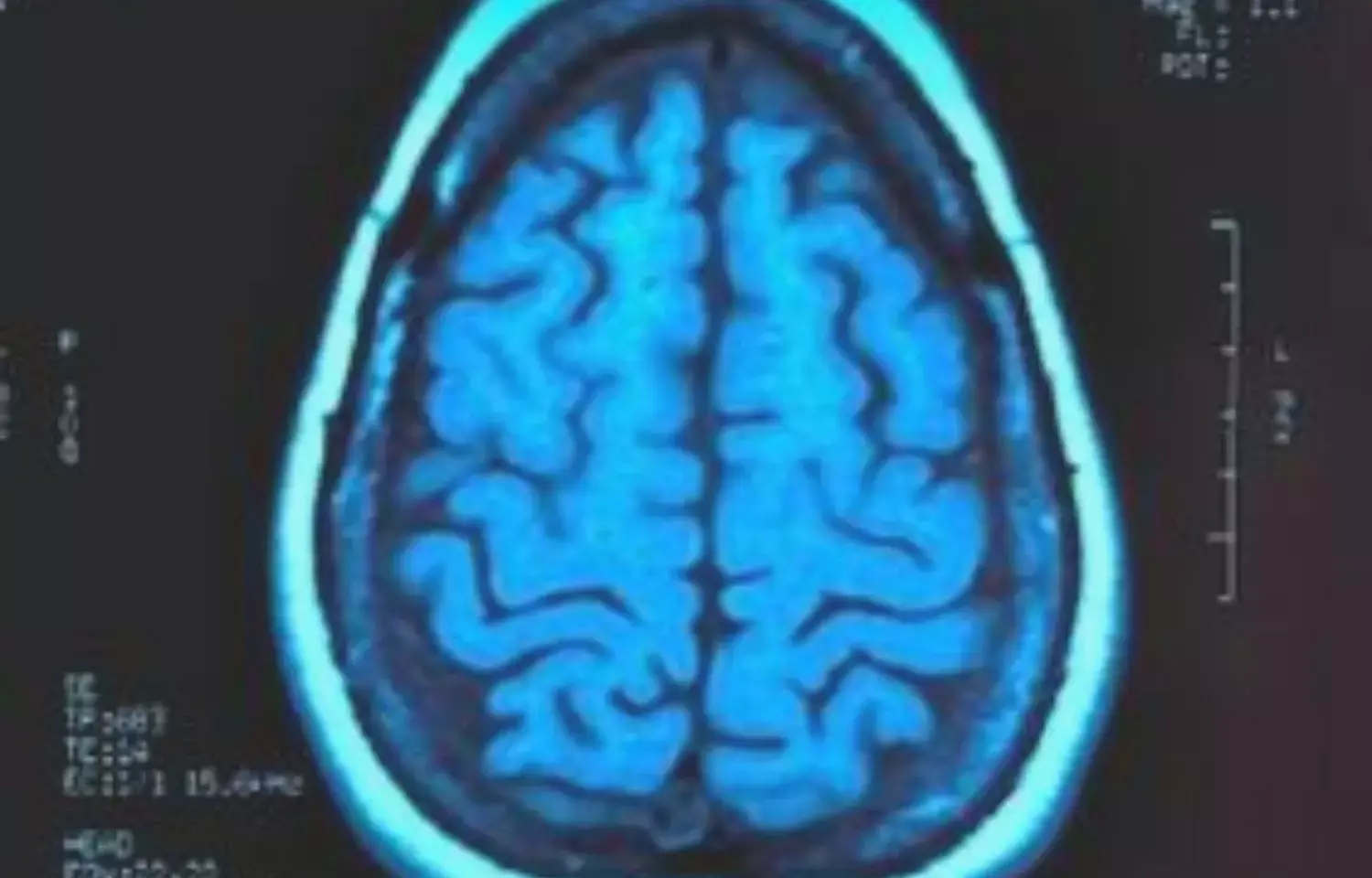- Home
- Medical news & Guidelines
- Anesthesiology
- Cardiology and CTVS
- Critical Care
- Dentistry
- Dermatology
- Diabetes and Endocrinology
- ENT
- Gastroenterology
- Medicine
- Nephrology
- Neurology
- Obstretics-Gynaecology
- Oncology
- Ophthalmology
- Orthopaedics
- Pediatrics-Neonatology
- Psychiatry
- Pulmonology
- Radiology
- Surgery
- Urology
- Laboratory Medicine
- Diet
- Nursing
- Paramedical
- Physiotherapy
- Health news
- Fact Check
- Bone Health Fact Check
- Brain Health Fact Check
- Cancer Related Fact Check
- Child Care Fact Check
- Dental and oral health fact check
- Diabetes and metabolic health fact check
- Diet and Nutrition Fact Check
- Eye and ENT Care Fact Check
- Fitness fact check
- Gut health fact check
- Heart health fact check
- Kidney health fact check
- Medical education fact check
- Men's health fact check
- Respiratory fact check
- Skin and hair care fact check
- Vaccine and Immunization fact check
- Women's health fact check
- AYUSH
- State News
- Andaman and Nicobar Islands
- Andhra Pradesh
- Arunachal Pradesh
- Assam
- Bihar
- Chandigarh
- Chattisgarh
- Dadra and Nagar Haveli
- Daman and Diu
- Delhi
- Goa
- Gujarat
- Haryana
- Himachal Pradesh
- Jammu & Kashmir
- Jharkhand
- Karnataka
- Kerala
- Ladakh
- Lakshadweep
- Madhya Pradesh
- Maharashtra
- Manipur
- Meghalaya
- Mizoram
- Nagaland
- Odisha
- Puducherry
- Punjab
- Rajasthan
- Sikkim
- Tamil Nadu
- Telangana
- Tripura
- Uttar Pradesh
- Uttrakhand
- West Bengal
- Medical Education
- Industry
MRI can detect onset of autism during infancy, study finds

USA: A recent MRI study in the American Journal of Psychiatry comparing fragile X syndrome and autism spectrum disorder (ASD) in infants has shown strikingly different patterns of brain and behavior development between the conditions. This is the first MRI study that compared the two conditions in infancy.
"Fragile X syndrome-related changes were present from 6 months of age, whereas ASD-related changes unfurled over the life's first 2 years. Increased growth rate of amygdala between 6 and 12 months occurs prior to social deficits and well before diagnosis," Mark D Shen and colleagues wrote in their study.
"An age- and disorder-specific pattern of cascading brain changes preceding autism diagnosis is indicated by the gradual onset of brain and behavior changes in ASD, but not fragile X syndrome."
Previous research has shown that amygdala enkarges un children with ASD. However, the precise onset of this enlargement during infancy, how it is linked to later diagnostic behaviors, whether the timing of enlargement in infancy is specific to the amygdala, and whether it is specific to ASD is not known.
The researchers acquired longitudinal MRIs in 29 infants (6-24 months of age) with fragile X syndrome, 58 infants at high likelihood for ASD who were later diagnosed with ASD, 212 high-likelihood infants not diagnosed with ASD, and 109 control infants (1,099 total scans).
The study yielded the following findings:
- Infants who developed ASD had typically sized amygdala volumes at 6 months, but exhibited significantly faster amygdala growth between 6 and 24 months, such that by 12 months the ASD group had significantly larger amygdala volume (Cohen's d=0.56) compared with all other groups.
- Amygdala growth rate between 6 and 12 months was significantly associated with greater social deficits at 24 months when the infants were diagnosed with ASD.
- Infants with fragile X syndrome had a persistent and significantly enlarged caudate volume at all ages between 6 and 24 months (d=2.12), compared with all other groups, which was significantly associated with greater repetitive behaviors.
Reference:
Shen MD, Swanson MR, Wolff JJ, Elison JT, Girault JB, Kim SH, Smith RG, Graves MM, Weisenfeld LAH, Flake L, MacIntyre L, Gross JL, Burrows CA, Fonov VS, Collins DL, Evans AC, Gerig G, McKinstry RC, Pandey J, St John T, Zwaigenbaum L, Estes AM, Dager SR, Schultz RT, Styner MA, Botteron KN, Hazlett HC, Piven J; IBIS Network. Subcortical Brain Development in Autism and Fragile X Syndrome: Evidence for Dynamic, Age- and Disorder-Specific Trajectories in Infancy. Am J Psychiatry. 2022 Mar 25:appiajp21090896. doi: 10.1176/appi.ajp.21090896. Epub ahead of print. PMID: 35331012.
KEYWORDS: American Journal of Psychiatry, fragile X syndrome, autism, infants, mri, autism spectrum disorder, children, neurodevelopmental disorders, magnetic resonance imaging, diagnosis, neuroimaging, Mark D Shen, behavior, brain, amygdala
Dr Kamal Kant Kohli-MBBS, DTCD- a chest specialist with more than 30 years of practice and a flair for writing clinical articles, Dr Kamal Kant Kohli joined Medical Dialogues as a Chief Editor of Medical News. Besides writing articles, as an editor, he proofreads and verifies all the medical content published on Medical Dialogues including those coming from journals, studies,medical conferences,guidelines etc. Email: drkohli@medicaldialogues.in. Contact no. 011-43720751


